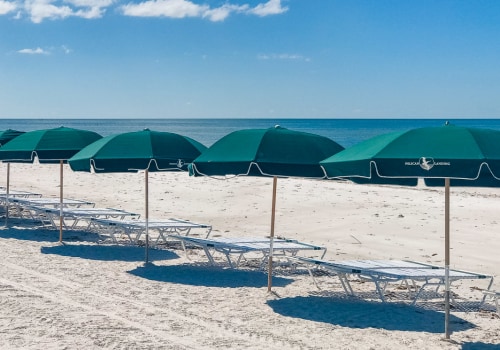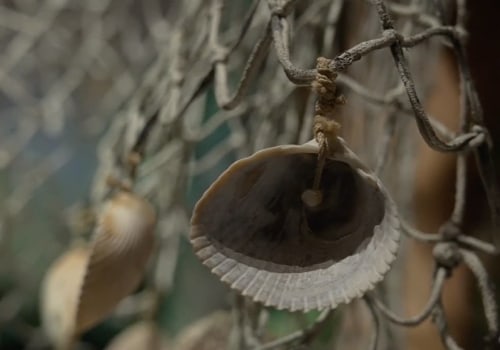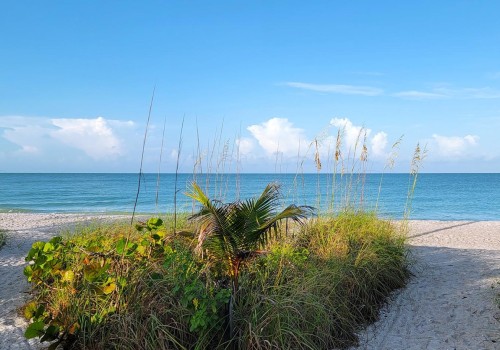When one thinks of Florida, images of sunny beaches, theme parks, and alligators may come to mind. But there is much more to this southern state than meets the eye. Tucked away on the Gulf Coast of Florida lies Lee County, a hidden gem that has been drawing tourists for centuries. From its humble beginnings as a small fishing village to becoming one of the top tourist destinations in the United States, Lee County has a rich history that has shaped its tourism industry into what it is today.
The Early YearsThe history of tourism in Lee County can be traced back to the late 1800s when the area was primarily inhabited by Native American tribes. The Calusa tribe, in particular, was renowned for their fishing and trading skills and had a thriving community along the coast. However, it wasn't until the late 1800s that the first permanent settlers arrived in the area. One of these early settlers was Captain Francis Asbury Hendry, who established a trading post along the Caloosahatchee River in 1866. This trading post served as a hub for travelers and traders passing through the area, and it wasn't long before more people began to settle in the region.
In 1885, Fort Myers was established as a military base during the Seminole Wars. This brought more people to the area and sparked an interest in exploring the natural beauty of Lee County. The construction of the Tamiami Trail in 1928 also played a significant role in opening up the county to tourists from other parts of Florida.
The Rise of Tourism
As more people began to discover the beauty of Lee County, tourism started to take off.In the early 1900s, wealthy northerners began to flock to the area, drawn by its warm climate and pristine beaches. The construction of the Sanibel Causeway in 1963 made it easier for tourists to access the barrier islands, and soon, resorts and hotels began to pop up along the coast. One of the most significant events in Lee County's tourism history was the opening of Walt Disney World in Orlando in 1971. This brought a massive influx of tourists to Florida, and many of them made their way to Lee County to experience its natural beauty and laid-back lifestyle. Over the years, Lee County has continued to attract tourists from all over the world.
In 2019, it welcomed over 5 million visitors, making it one of the top tourist destinations in Florida. The county's tourism industry has also become a significant contributor to its economy, generating billions of dollars in revenue each year.
The Impact of Hurricane Irma
In 2017, Lee County faced one of its biggest challenges when Hurricane Irma hit the region. The category 4 storm caused significant damage to the area, including its tourism industry.Many hotels and resorts were forced to close temporarily, and popular attractions such as Sanibel Island and Captiva Island were severely impacted. However, the community came together to rebuild and restore Lee County's tourism industry. With the help of government aid and community efforts, the county was able to bounce back and continue welcoming tourists from all over the world.
The Future of Tourism in Lee County
Today, Lee County continues to be a popular tourist destination for people looking for a laid-back vacation experience.Its beautiful beaches, diverse wildlife, and charming towns make it an ideal spot for families, couples, and solo travelers alike. The county has also been making efforts to promote sustainable tourism and preserve its natural beauty. In 2019, Lee County was designated as a Blue Community by the Florida Department of Environmental Protection, recognizing its commitment to protecting its water resources and promoting eco-friendly practices. Looking ahead, Lee County's tourism industry is expected to continue growing with new developments and attractions in the works.
The county is also working towards diversifying its tourism offerings with a focus on cultural and heritage tourism.


